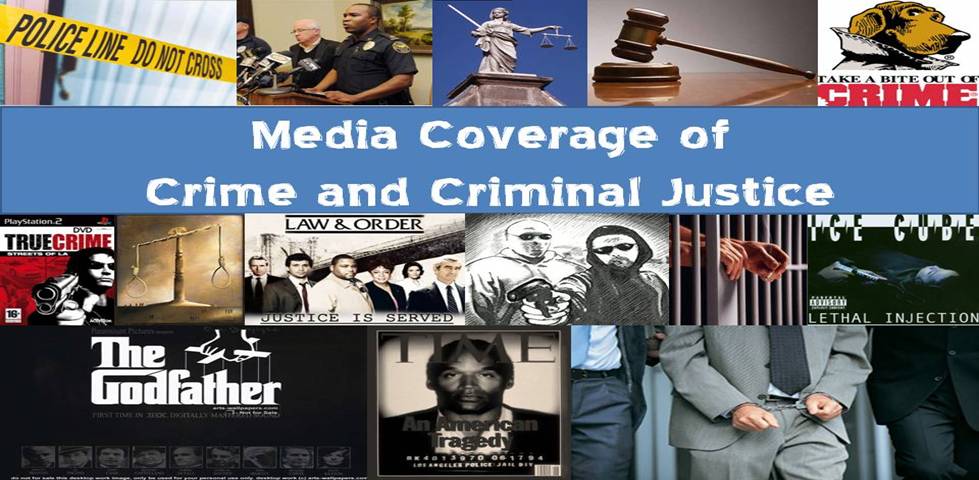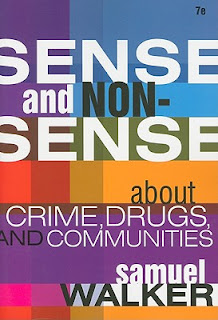A Path Forward to Criminal Justice Policy that Keeps us Safe and Reflects our Values
Today, there are over 2.3 million men and women in prisons throughout the United States. We incarcerate more of our population than any country in the world, and the increased incarceration of offenders with drug offenses represents the most significant source of growth. According to the Bureau of Justice Statistics, our government spends nearly $69 billion on our correctional system alone.While everyone agrees that government must not compromise when it comes to preserving public safety, the fact remains that many people are incarcerated for non-violent, low-level offenses and could be held accountable using alternatives that are not only less costly, but also more effective.
Take the case of Hamedah Hasan, who when 21 years old found herself in an incredibly abusive relationship with a man in Portland, Oregon. She moved hundreds of miles away to Omaha, Nebraska hoping to escape her violent ex-boyfriend. But the cousin that she moved in with was dealing crack cocaine and asked her to run errands and wire money. Under drug conspiracy laws she was sentenced to 27 years in prison.
Even the judge who sentenced Hasan recognized the unfairness of the sentence imposed, writing in a letter to the Department of Justice Pardon Attorney's Office, "I can say, without equivocation, that Ms. Hasan is deserving of the President's mercy. I have never supported such a request in the past, and I doubt that I will support another one in the future. That said, in this unique case, justice truly cries out for relief." Hamedah remains in prison, along with countless other people being warehoused for far too long in the federal system — at skyrocketing costs to taxpayers — because of unfair sentencing policies.
Today, Sen. Jim Webb filed an amendment to the Senate's Commerce, Justice, Science and Related Agencies Appropriations Act that would create a bipartisan commission tasked with examining our nation's criminal justice system and offering reform recommendations in a number of important areas including rates of incarceration, law enforcement, substance abuse treatment, and reentry policies.
The idea of a national criminal justice commission has gained bipartisan support in Congress as well as support from a range of stakeholder groups representing law enforcement, state and local governments.
Supporters of this amendment include prominent law enforcement organizations, such as the National Fraternal Order of Police, the National Sheriffs' Association, International Association of Chiefs of Police, the National Narcotics Officer's Associations' Coalition, and the International Union of Police Associations, as well as state and local government organizations, such as the U.S. Conference of Mayors, the National Criminal Justice Association, and National Association of Counties, and the National League of Cities. Additionally, over 150 civil rights, criminal justice, community-based, and faith-based organizations have expressed their support for the adoption of this amendment.
WOW!
A bipartisan national criminal justice commission will create the political space for policy makers to engage in frank and thoughtful dialogue about the significant shortcomings of our current system. It is an important first step toward creating criminal justice policy that not only keeps us safe but also reflects our values.
You can help. Tell the Senate to adopt meaningful criminal justice reform now.
Yes, do your part. This is an incredible opportunity to impact criminal justice policy--to make it more well planned and less "nonsense."
And check this article out. Nice timing, no?
Crunching the numbers on criminal justice
October 19, 2011 A new report finds that subjecting criminal justice policy proposals to cost-benefit analysis would show that many "get tough" policies take an outsized toll on taxpayers and society.But the result has been an era of mass incarceration, with disastrous effects on some communities -- and at enormous cost to the taxpayer.
So the question arises: In an economic downturn, when state funding is scarce and legislatures are on the lookout for even the smallest of budget cuts, could smarter criminal justice decisions bring better results with a smaller price tag?
A new report out today from NYU's Institute for Policy Integrity encourages policymakers to apply an economic analysis to criminal justice policy. And such an analysis, the report says, would reach this conclusion: "Public safety can be prioritized and even improved at a lower cost than traditional incarceration, using techniques like behavioral therapy for young offenders, intensive supervision, or a new iteration of a drug court."
WOW!
The Nieman Watchdog Project asked the Institute for Policy Integrity what questions reporters should be asking policymakers about criminal justice decisions going forward. Their suggestions:
Q. Has an independent appraisal of costs to taxpayers been conducted?
Q. If so, have all of the direct and indirect benefits -- to victims, to offenders, to offenders' families, and to society writ large -- been considered?
The policy that results in lower recidivism rates will often be the one with the greatest benefit to society. Reporters should ask:
Q. Which policy will reduce recidivism rates most?
Q. Have the all the benefits of having fewer repeat offenders been considered?
These benefits will include the cost-savings of having fewer people victimized, fewer prosecutions, fewer inmates. But there's also the benefits of increased lifetime earnings and improved quality of life for victims, offenders, and offenders' families.


A bipartisan evaluation of the criminal justice system...can it be true? That sounds amazing! Am I holding my breath? No. But, with all of my doubts aside, I would hope to see some of the following addressed:
ReplyDeleteIs there a way to effectively apply the research regarding the motivated offender population (Wolfgang, Felson & Cohen, etc.)? I know the lawmakers and practicioners, alike, buy into the notion that we can get bang for our buck if we were to incapacitate the right people. Even if this idea is dismissed in the end, a policy (or system) revision is futile if the previous strategic attempts and/or existing literature are not explored.
Also, I hope to see someone distinguish between an inmate serving time for a non-violent offense and a non-violent offender. John Doe Offender can be serving a habitual felon sentence for larceny or cocaine. However, three compartmentalized armed robbery convictions could have been the qualifying offenses. That is a violent offender by my definition.
Last, I hope to see some more clearly-defined and measurable objectives of the justice system. Using the throw-down answer of general deterrence or contributing to the decline in Part I crime rates does not allow for a proper future evaluation of the changes.
Other than that...I'm game for whatever overhaul the group may decide (or not decide) to roll out.
History has shown time and again it takes a disaster for this country to abolish unjust laws and change ineffective laws. The War's on Terror and bank bailouts, two arguably economic disasters for a large segment of people may be the engine to affect long overdue criminal justice changes.
ReplyDeleteYear after year money keeps getting poured into the system to continue with traditional incarceration. Politicians really should not be as worried about getting pinned with a “soft on crime” label, but instead instill the fear into the public that crime will rise unless we correct the problems instead of locking them away in the prisons. With all of the technology available to us, can we not veer away from finding new ways to continue controlling inmates, both while in prison and when they are released back into society, and begin using “techniques such as behavioral therapy” and other methods to help offenders? If we put money into helping to find, analyze, and help to correct the root of the problems, we may actually lower recidivism while creating just criminal policies and ensuring public safety.
ReplyDelete